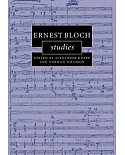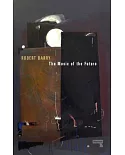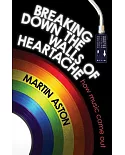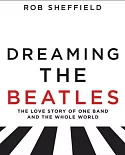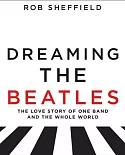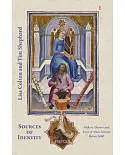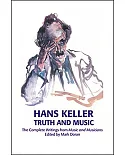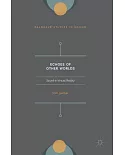Ajapanese geisha. a Middle Eastern caravan, a Hungarian-"Gypsy" fiddlet, carmen flihging a rose at Don jose, Josephine Baker singing "Petite Tonkinoise" - portrayals of people and places that
are considered somehow "exotic" have been ubiquitous from 1700 to today, whether in opera, Broadway musicals, instrumental music, film scores, or in jazz and popular song. Often these
portrayals are highly stereotypical but also powerful, indelible, and touching - ortroubling. Musical Exoticism surveys the vast and varied repertoire of Western musical works that evoke exotic
locales. It relates trends in musical exoticism to other trends in music, such as program music and avant-garde experimentation, as well as to broader historical developments, such as
nationalism and empire. Ralph P. Locke traces the history of exotic depiction from the Baroque eraonward. and Illustrates its phases through close study of numerous exotic works, including
operas by Handel and Rameau, Mozart's Rondo alla turca, Rimsky-Korsakov's Sheherazade, Debussy's Pagodes, Puccini's Madama Butterfly, Bernstein's West Side Story, and the culture-bridging opera
Marco Polo by Chinese-born composer Tan Dun.


